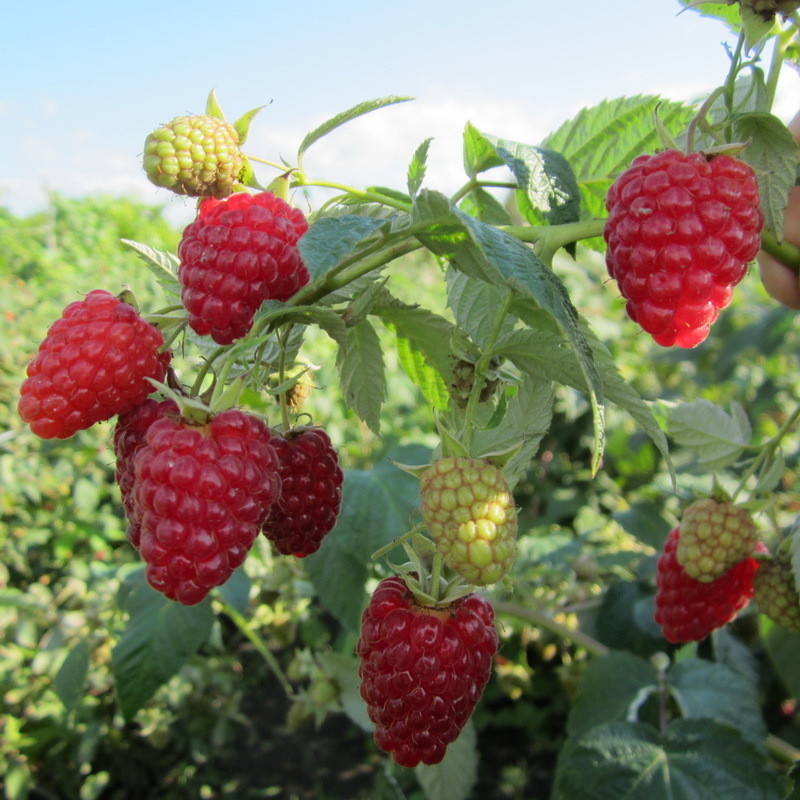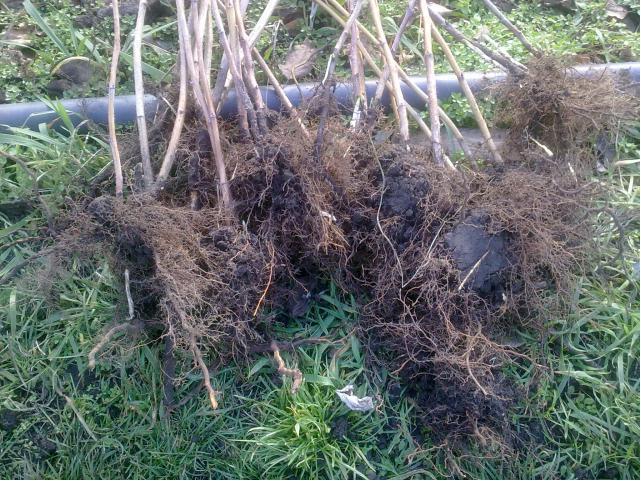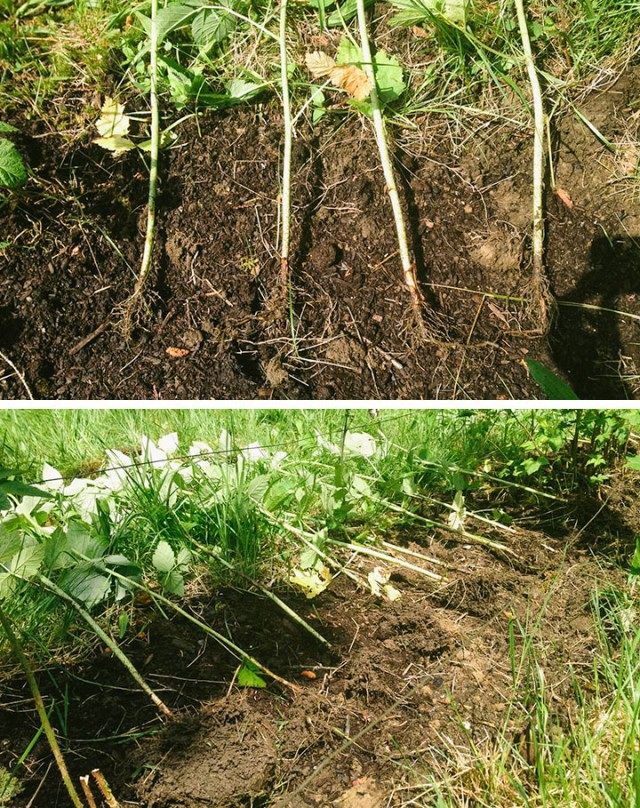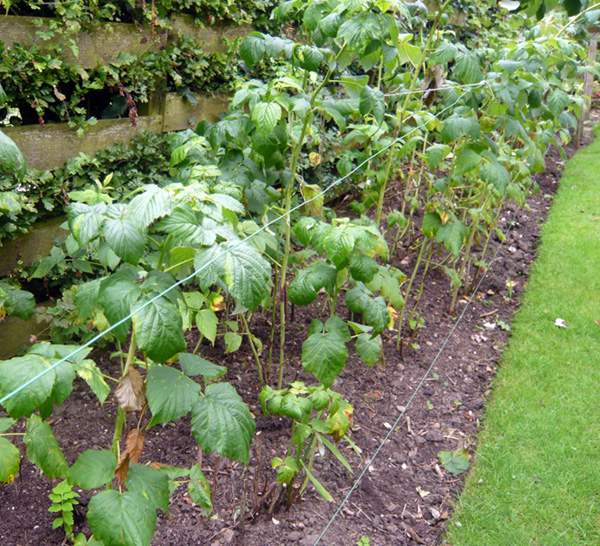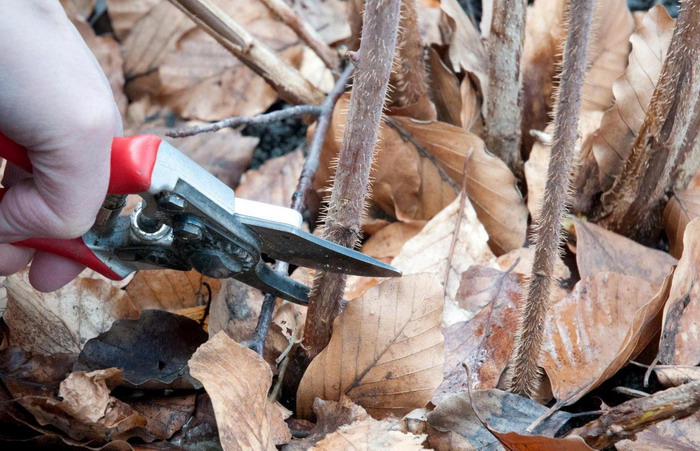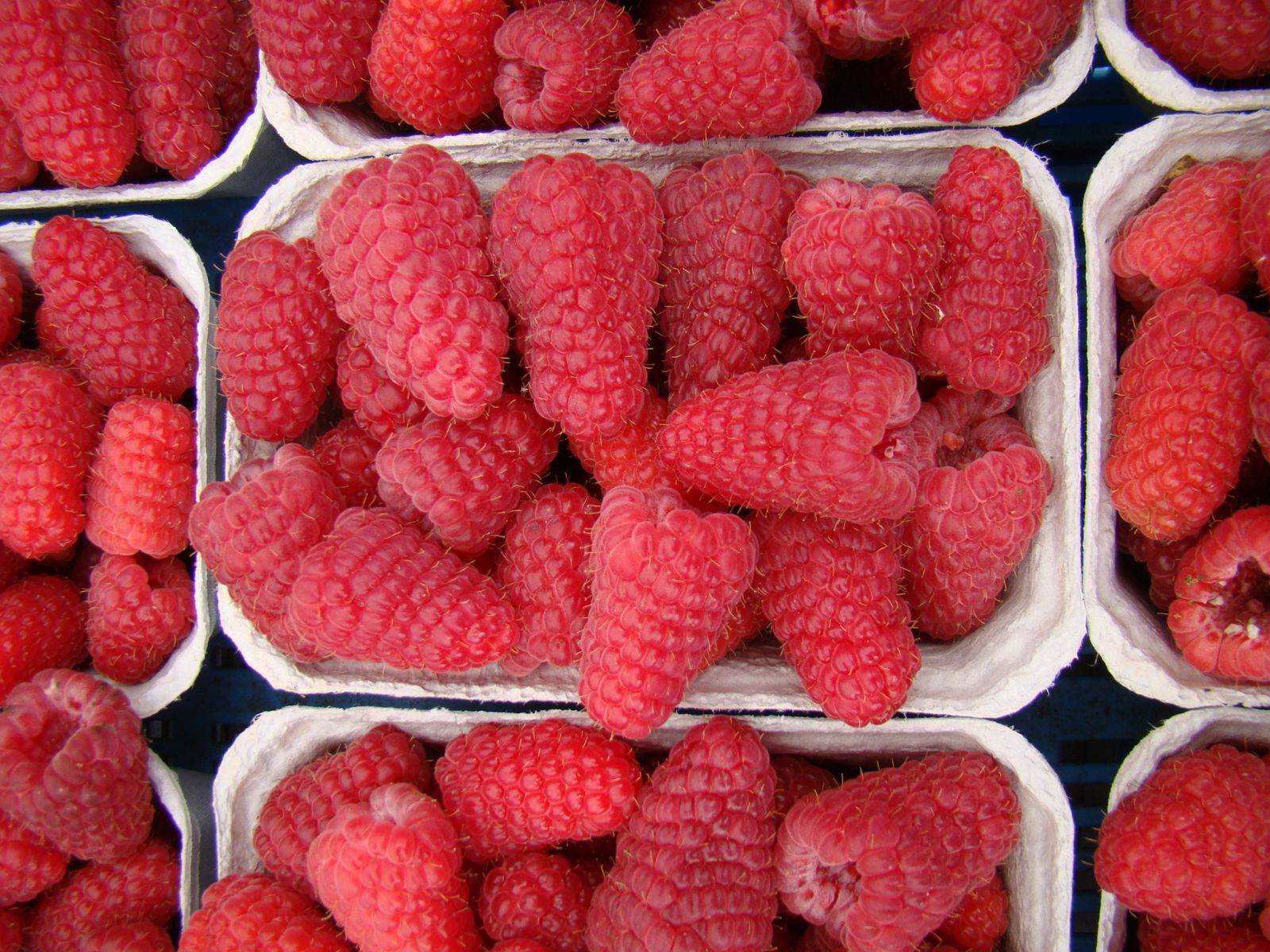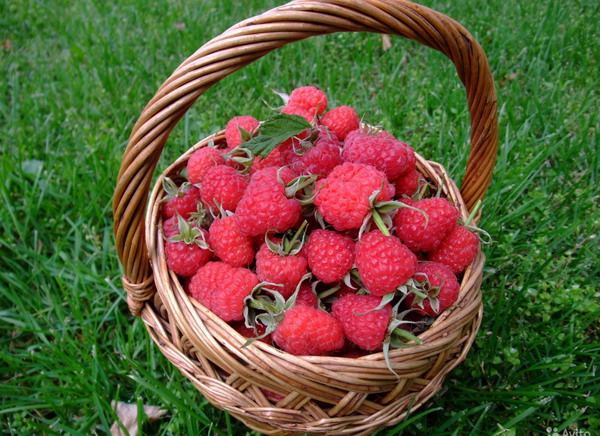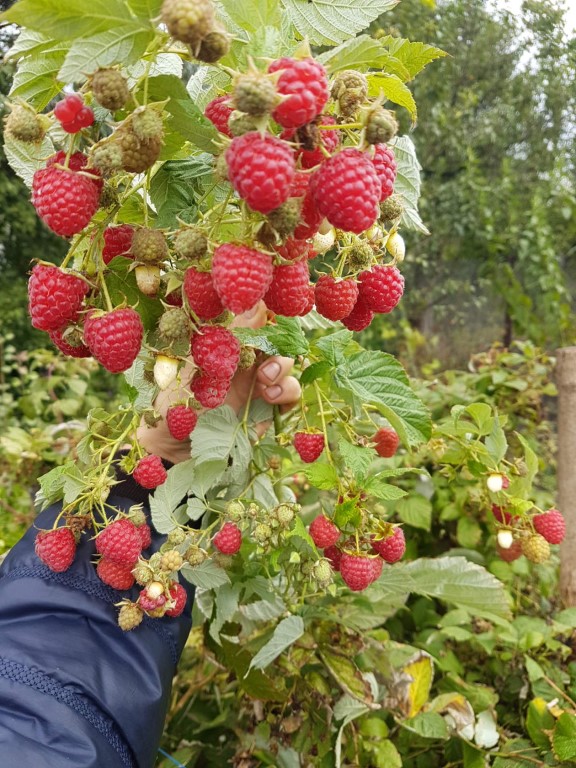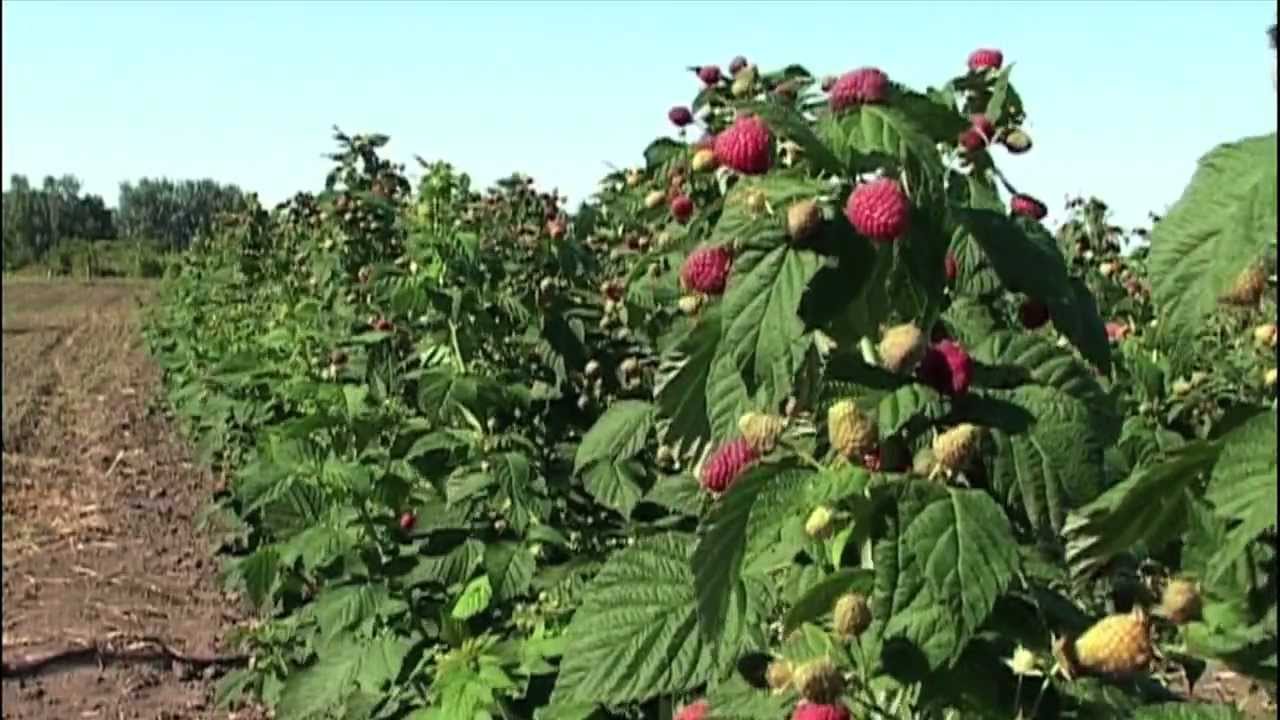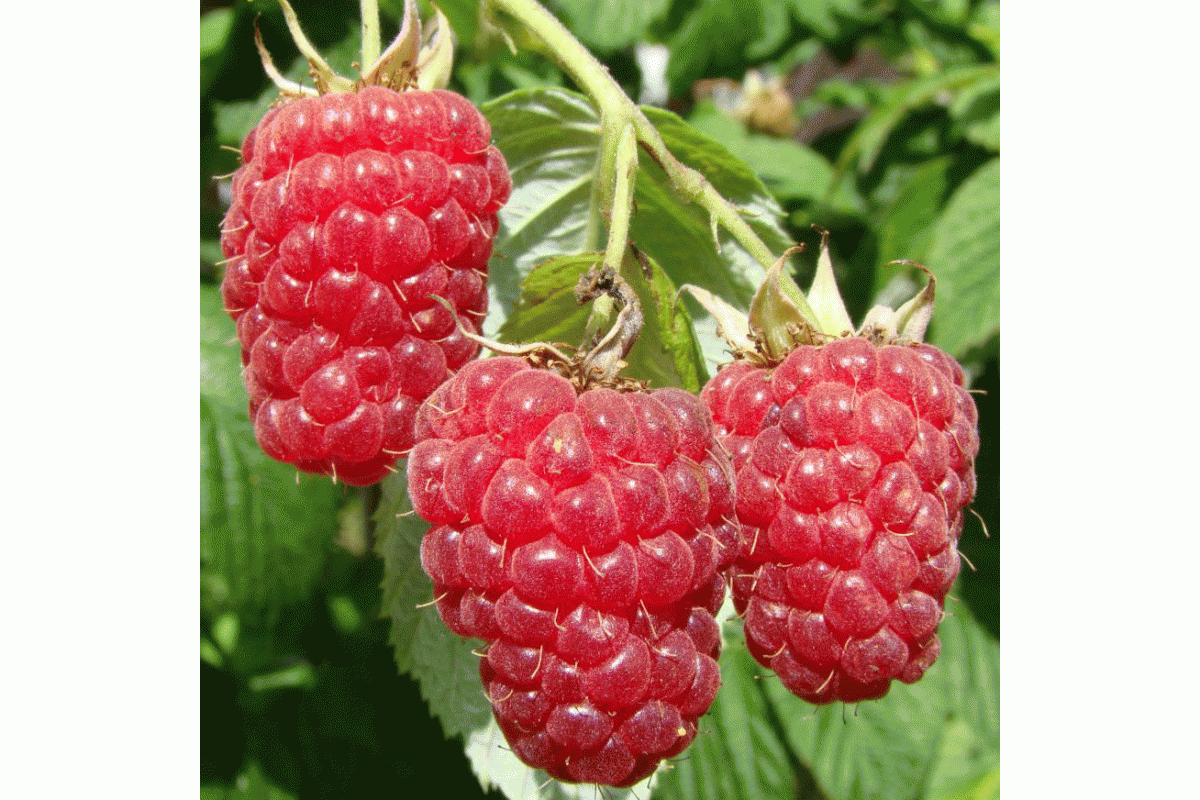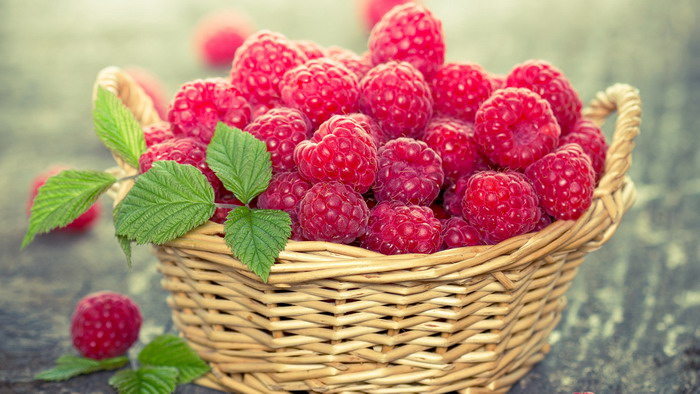Content:
Raspberry remontant Eurasia delighted gardeners of the northern regions with its resistance to frost. But this is not the only virtue that culture can boast.
Features and characteristics of the variety
As a remontant, Eurasia bears fruit on both biennial shoots and annuals, which significantly prolongs the harvest time. Raspberries are early - flowering in July, and ripening begins in August.
The description of the Eurasia raspberry variety given below will help to evaluate all its advantages:
- upright bush, high (up to 1.6 m), standard, not demanding on the soil;
- stable cultivation is not influenced by climatic features - Eurasia takes root well in any region;
- gives a small amount of shoots, replacement shoots are on average 5-6 pcs .;
- annual branches are thick, thorny, waxed, with a weak edge;
- biennial straight, brown, with medium-sized spines at the base of the stem;
- large green leaves are wrinkled and slightly curled; the delicacy of their placement makes the bush suitable for decorating the site;
- conical large ripe berries weigh an average of 4 g;
- the fruit pulp is dense, the surface is matte;
- malina Eurasia has a rich raspberry color, but the taste of the fruits pumped up a little - they are not aromatic and sweet-sour (contain a small percentage of sugars);
- gardeners are attracted by a high yield in an early variety - on average, you can take up to 2.6 kg of raspberries from one bush, under unfavorable conditions - about one and a half kilograms, which is also not bad;
- another characteristic that Eurasia can boast of is good drought tolerance;
- as for pests and diseases, the variety has average immunity.
Interesting. The dense drupe allows the fruits to be easily separated from the branches without disturbing the shape of the berries. High transportability of the variety also attracts, which makes raspberries suitable for market cultivation.
Planting a berry
Despite the low demands on the conditions of development and frost resistance, it is recommended to plant raspberries of this variety in early spring. This will enable the roots to develop better and contribute to a comfortable wintering of the plant. Unpretentiousness does not exclude compliance with agricultural standards, which the gardener must follow.
Selection of seedlings
In order not to be mistaken in choosing a variety, it is recommended to buy planting material in nurseries, and not from the hands of strangers. But even in this case, the bushes are examined carefully so as not to bring diseased sprouts to the site.
Note! Healthy seedlings have well-developed rhizomes that should not be overdried and rotten. The stem is chosen fresh, not deformed.
Site selection
Raspberry Eurasia is attracted by slightly acidic soils that can retain water. If the site has sandy and semi-sandy dry soils, in the future you will have to pay a lot of attention to watering. On inferior soil, raspberries will also yield yields, but with regular organic feeding.
It is necessary to pay attention to the fact that the soil of the berry is not oversaturated with moisture, otherwise the root system will begin to rot. Before planting a shrub, check the level of deep waters - they should not be located too close to the surface.
Note! To preserve at least that small amount of sugars in the fruit, the raspberry tree should not be planted in the shade - you need open, well-lit areas. But you will need a small fence from the winds that prevent bees from pollinating the bush.
Soil preparation
A plot for a raspberry tree is prepared in the fall: weeds are removed, the remains of trees are uprooted, and a dig is made. Then, under each row, trenches are dug with a depth of 1 bayonet and a width of 3 bayonets of a shovel. A ten-centimeter layer of rotted manure or compost is laid out on the bottom. The ditch is covered with earth with the introduction of complex fertilizer and loosened with a pitchfork.
Landing features
When planting seedlings in rows, one should take into account the following feature - the bushes will not shade each other if the beds are arranged from north to south. In this case, the distance between the ranks should be maintained at 1.5-2 m, in the very same row the bushes are placed with a step of half a meter.
Planting raspberries Eurasia by some gardeners is carried out in a bush method. Then the width of the pit is made about 0.38 m, and the depth is within 0.25-0.30 m.When a group planting of 2-3 bushes, the distance between the plants should be 0.5-0.7 m.
The sequence of planting seedlings can be represented by the following algorithm:
- the shoots are buried in a ditch (or pit) no more than 8 cm, leaving the root collar at the soil level;
- the roots are carefully straightened and covered with earth;
- tamp the soil by hand so as not to injure the roots;
- the seedlings are cut, leaving 0.25-0.30 m above the surface, being careful not to damage the growth bud.
The final stage of planting is mandatory watering. Pour at least 1 bucket of water under each bush.
Variety care
When creating conditions for development, one should take into account the close occurrence of the roots of Eurasia. Therefore, weeding and loosening the soil should be easy. The rest of the requirements of agricultural technology must also be observed, despite the unpretentiousness of the variety.
Watering
Raspberry Eurasia is drought-resistant, but due to the shallow occurrence of the rhizomes, the plants can hardly tolerate the drying out of the soil. Therefore, in dry hot weather, abundant watering will be necessary - about 6 visits per season.
The first is carried out in May when replacement shoots appear. 2 summer months (before the berries ripen), 4 more waterings are carried out with equal intervals between procedures.
In August, water only when absolutely necessary. After the end of the harvest, soil moisture is resumed, the latter is carried out at the end of September. Use at least 1 bucket of water for every square meter of the plantation each time.
Nutrition
Top dressing is important for the variety - this guarantees a high yield.
Fertilization under the bushes is carried out according to the following scheme:
- in the spring, after the snow melts, ammonium sulfate is used (15 g per 1 sq. m);
- in the fall, before preparing for wintering, potassium sulfate 35 g per square;
- superphosphate in the amount of 60 g is used 1 time in 3 years.
Dry fertilizers are spread over the site, and then watered. Water will help minerals reach the roots. Immediately carry out mulching with a layer of 5 cm using organic matter (manure or peat).
Trimming
The peculiarity of the remontant species is that the berries are formed simultaneously on last year's stems and shoots of the current year. In one-year-olds, the tops dry out by autumn, so they need to be cut. Biennial shoots are completely removed before frost.
Note! With the help of pruning, you can adjust the quantity and quality of the crop. To do this, the variety should be treated as an annual, cutting off all the shoots in the fall. This will shorten the duration of fruiting, but make the berry larger.
Garters
The bush of Eurasia even with the harvest maintains a "posture", keeping the branches in an upright position. In the ordinary version, it is recommended to use it to facilitate the care of the berry and make harvesting more convenient. A 1-row garter with 2-3 levels of wire stretched between 2-meter posts will do.
Wintering
At this point, the actions will depend on the principle on which this variety is grown.If the shoots are left for next year's harvest, then they are tied in bunches, tilted to the ground, fixed with hairpins and covered with spruce branches, reeds or other insulation.
When the stems are completely cut, they are shortened to the very root. In this case, shelter is not required due to the frost resistance of the variety. But in winter, you will have to take measures to create conditions for snow retention.
Eurasia raspberries are good in almost all respects, but they are susceptible to pests and diseases. By paying attention to preventive measures, observing the conditions of agricultural technology, these problems can be avoided. High yield, transportability of fruits compensate for the lack of taste. If it is possible to plant an unpretentious variety on your site, you should not give it up.
